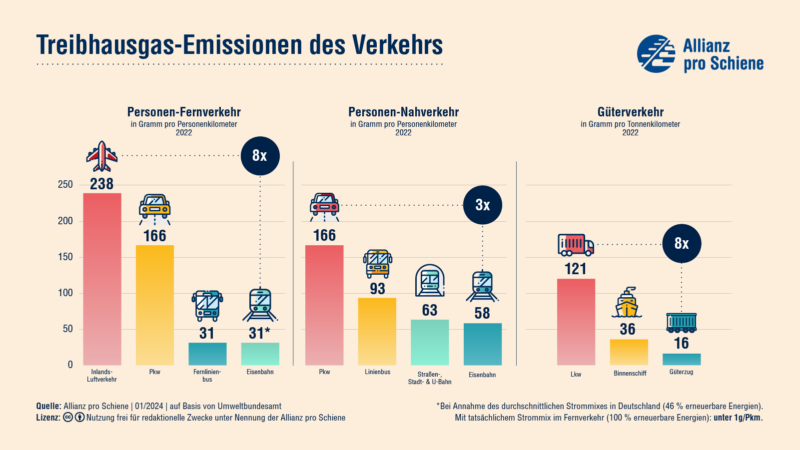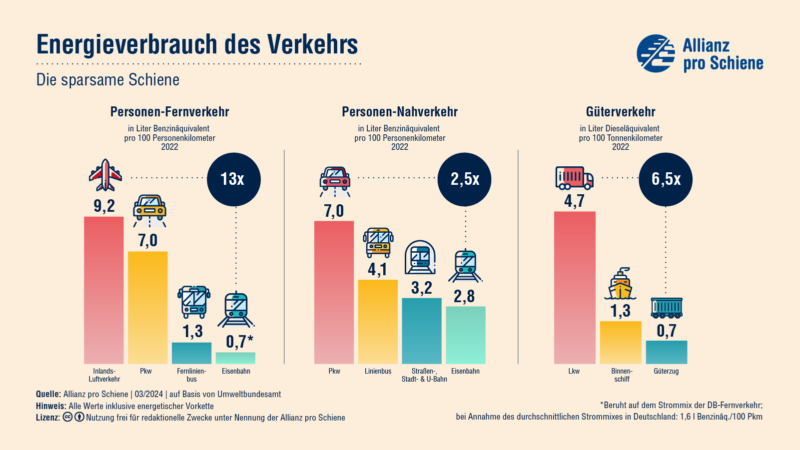On 19. April, EPF participated in a Policy Workshop organised by the Florence School of Regulation, entitled “The European Green Deal: five years on”. Approaching the mid-point in the horizon over which the European Green Deal defined 2030 policy targets, the workshop provided an opportunity to take stock of the progress achieved and the remaining challenges ahead, with specific focus on the energy and transport sectors, that together are responsible for almost half of the anthropogenic greenhouse gas emissions.
EPF contributed to the session on transport (presentation available here).
The Green Deal was presented on 11. December 2019, providing a roadmap with actions covering all sectors of the economy, aiming to achieve zero emissions by 2050 and thus making Europe the first climate-neutral continent in the world. Around one year after that, on 9. December 2020, the Sustainable and Smart Mobility Strategy set out high-level objectives as well as an action plan with a list of measures, focusing specifically on how transport should contribute to achieving the Green Deal’s goals.
In April 2024, a week before the Florence workshop, a report was published, listing the key policies and achievements on the Green Deal under the von der Leyen Commission. Whilst some of the policies mentioned in the report do affect transport, there is no mentioning of the Sustainable and Smart Mobility Strategy or any specifically transport-related topics. It seems that while a lot of effort has been dedicated to greening the industry overall, transport is lagging behind.
Transport & Environment recently released a report called “The State of European Transport 2024”, showing that for transport, we are not on track … Transport emissions in Europe have been growing since 1990; since 2007, transport has been reducing its emissions more than three times slower than the rest of the economy; and transport has become the largest source of GHG emissions in the EU. In terms of energy consumption, we get a similar picture: transport has become the largest energy consumer in Europe and total energy consumption since 2000 does not show a downwards trend.
Looking at different modes, we get a different and more nuanced picture, both in terms of how each mode contributes to transport’s greenhouse gas emissions and in terms of their energy consumption, see for example below a comparison drawn up by the Allianz pro Schiene (Pro Rail Alliance), comparing different transport modes for both passenger (long-distance and short-distance) and freight transport, in Germany.
Conclusion? Transport should be(come) a priority and the transport sector needs to step up and reduce its environmental impact as well as its energy consumption. One way forward could be to reduce transport and mobility – but this is not easy nor desirable, as mobility is an essential enabler of our economic and social life, and free movement of people and goods is a fundamental pillar of the EU. What else?
• All modes need to contribute: reduce emissions & energy consumption
• A seamless integrated system is a more efficient one
• Facilitate & promote sustainable mobility choices.
On passenger transport, the good news is that people are willing to switch – as shown by several (Eurobarometer) studies – … as long as sustainable transport options are available – affordable – reliable – attractive! The ‘carrot and stick’ approach, for example, worked well in London, where a vastly improved support for urban public transport services successfully offset the potential reaction of car users to road charging in the city centre.
👇 Find out more more about EPF’s priorities for Union action that will help unleash the potential of the public transport sector




 Stay informed!
Stay informed!